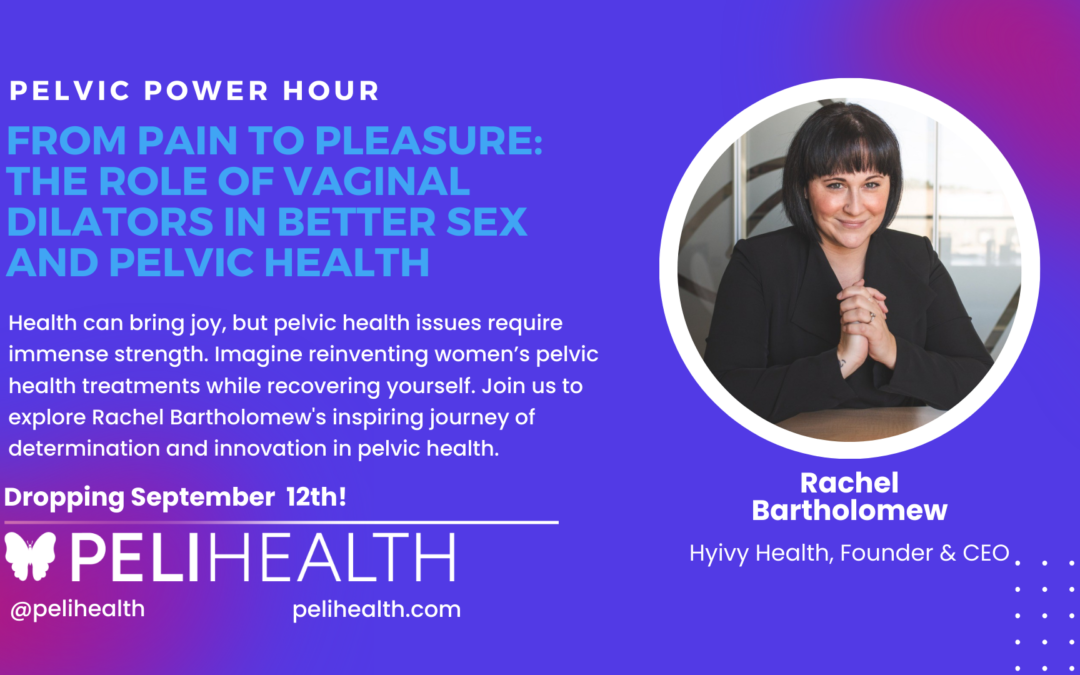Cough, sneeze, laugh, jump, stretch, jog, squat…no these are not the seven characters from a famous Disney movie, but some of the day to day activities that women can find difficult to do without experiencing that dreaded feeling of letting out a little unwanted pee.
For many women who have gone through childbirth, experiencing the occasional leaking of urine (also referred to as Urinary Incontinence, when you have trouble controlling your bladder) comes as a bit of a shock. Sounds alarming, but don’t panic, this is more common than you think. In fact, research suggests around a third of women will experience some level of urinary incontinence during pregnancy, and/or after childbirth caused by weakened pelvic floor muscles. The bigger issue is when you let embarrassment prevent you from getting help, understanding what is happening to your body and why can go a long way to helping you feel supported in seeking help.
In Plain English.
The two most common types of urinary incontinence that affect postpartum women are stress incontinence and urge incontinence, the latter also referred to as ‘OAB’ Overactive bladder.
Stress Incontinence symptoms can vary, but generally peeing unexpectedly when your bladder is under stress (pressure) is a sign of stress incontinence, so when you sneeze, cough, laugh heartily, or do some form of physical activity. Aka, the famous reference to letting out a little pee when ‘jumping on the trampoline’ (although for many women trampolining is not an automatic activity that goes hand in hand with postpartum!).
Urge Incontinence symptoms include the feeling of a sudden and potentially intense urge to pee, often leaking urine before you manage to make it to a bathroom, needing to pee more frequently than every 2-3 hours, sometimes multiple times in the night, or feeling like you need to go again soon after urinating.
So how did it happen?
-
Pregnancy – during pregnancy your pelvic floor muscles adapt becoming softer and stretchier to adapt for growing a baby and placenta, preparing you for delivery. It also means your muscles can’t react with enough strength to prevent leakage, and with added pressure on your bladder as the baby grows your bladder physically can’t hold as much pee as it did pre-pregnancy, hence the urge to pee more frequently.
-
Vaginal birth – During delivery your pelvic floor muscles and nerves may sustain an injury, weakening its ability to react and control the bladder.
-
C-Section delivery – whilst C-Section deliveries may have a reduced risk of urinary incontinence, it does not eliminate the risk altogether. Scar tissue can attach to the front wall of your bladder as you heal causing it to tug at the bladder and result in urinary incontinence
-
PostPartum – Whilst your amazing uterus contracts back to its original size in the weeks post delivery, it sits on the bladder placing additional pressure making it hard to control urine leakage.
What’s the good news?
So, there is good news. Urinary incontinence is usually fairly short-lived, but it rarely goes away on its own and will require some degree of action to relieve your symptoms. Saying nothing and hoping it will sort itself out is not a solution, and you could find yourself struggling to maintain a normal postnatal active lifestyle.
However, it is easily treatable, and there are measures you can take to help aid your recovery, such as avoiding fluids that may irritate your bladder like caffeine, alcohol, fizzy and acidic drinks, but do make sure you drink plenty of water to reduce any irritation to your bladder and stay hydrated. Also, maintaining a healthy weight, bladder training (keeping a diary of what time you go to the bathroom and when you pee), and if your symptoms don’t improve after a few weeks then it’s probably best to speak with a qualified women’s health or pelvic health practitioner. They’ll have you bouncing on that trampoline in no time!


